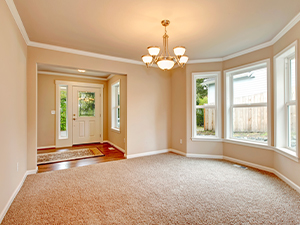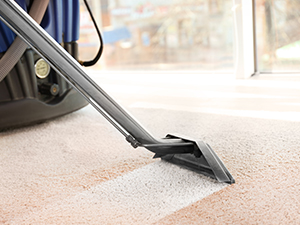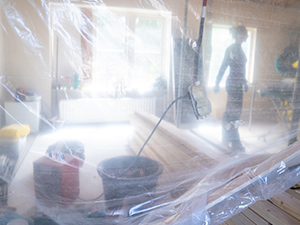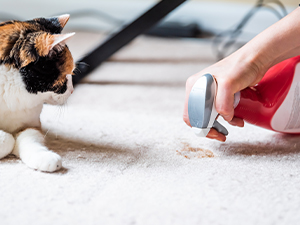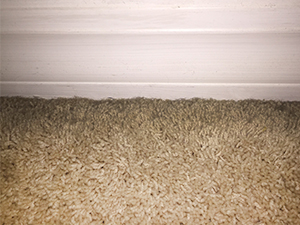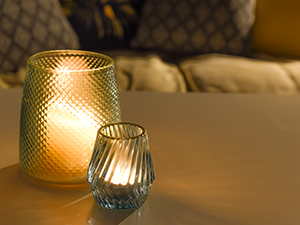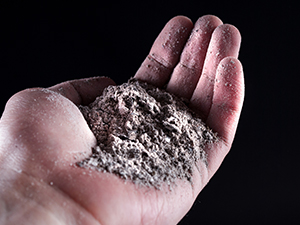Natural Carpet Fibers
Carpet and area rug materials generally fall into two different categories: natural fiber and synthetic fiber. For people who want to steer clear of synthetic fibers, there are many options. Here, we will explore natural fiber floor covering, including both animal-based materials and the most popular plant-based natural fiber materials. Learn more about possible uses in your home, so you can make an informed decision on your carpet or rug purchase.
What are natural carpet fibers?
Natural carpet fibers are carpet/rug materials that can be obtained from natural sources, such as plants or animals. Natural fiber carpets are considered more eco-friendly, because they come from natural, sustainable materials that can be regrown or harvested multiple times. Natural carpet fibers include, but are not limited to: jute, silk, cotton, wool, sisal, seagrass, and coir.
What natural fibers come from animals?
Most animal-based carpets and rugs are made from wool, but silk is also a luxurious option.
- Wool is sheared from sheep and is considered the best natural carpet fiber. Any natural fiber wall-to-wall carpet is made almost exclusively out of wool. While wool is on the more expensive end, it does have several properties that make it a good fit for most homes. It is naturally insulating, keeping your winter heat out of your crawl space and in the room where it belongs. This will help reduce your heating costs. Wool has a natural elastic quality, which means it doesn’t “crush” like some other carpets. This makes wool great for high traffic areas. Wool also holds color dyes well, so they don’t fade easily.
- Silk comes from the cocoon of the silkworm, and rugs created with silk are very highly prized and expensive. Those beautiful, vibrant, colorful Oriental or Persian rugs you see hanging on walls or laying under expensive furniture are silk. They are delicate and require maintenance and professional cleaning.
What natural carpet fibers come from plants?
If you are looking for plant-based carpeting or rugs, here are the most popular options.
- Jute comes from the stem of the jute plant and is a very soft material. It is not good for wall-to-wall projects, but its softness does make good area rugs. It cleans up well with just a vacuum. Jute should not be cleaned with water. It can mildew. So, while it may be good for a playroom, it is not suited for bathrooms. Jute also does not generate static electricity, so you may experience fewer winter shocks. Jute rugs are generally tan/brown in color, but they can be dyed successfully.
- Cotton grows in protective cases on cotton shrubs and, like jute, is considered to be a very soft material. Cotton rugs are great for people on a budget or for those who like to change out their look often. For the most part, they are relatively inexpensive, plus they come in a wide variety of colors and patterns. They are reversable and washable. The downside to cotton rugs is that they do stain rather easily (so it’s a good thing they are reversable and washable). The other thing is that they are light in weight, so they tend to slide or not lay flat creating a trip or fall hazard. These two drawbacks can be minimized by using a good rug pad underneath.
- Sisal comes from the agave plant and is VERY durable, so it holds up well in high traffic areas. Sisal is a low pile rug, so it doesn’t hold on to dust particles, pet dander, or other allergens, making it a good choice for allergy sufferers. Like jute, it does not hold static electricity. Sisal is very absorbent, but the absorbency does make it prone to staining. Sisal should not be steam cleaned or put in the washing machine. Vacuuming should be all that is needed for cleaning. If you are looking for a soft, rub-your-feet-on-the-fibers rug, sisal is not for you. Sisal is rather rough to the touch.
- Seagrass is the only flowering plant that grows completely underwater. Like sisal, it is also good for homes with allergy sufferers. It is a low pile rug, so it doesn’t hold onto dust particles, or pet dander. Seagrass cleans up with a vacuum and should never be steam cleaned. It is not a good outdoor or bathroom floor covering as it can get mildewy in humid conditions. It can be installed wall to wall BUT needs to acclimate first for at least twenty-four hours, as it does shrink once it gets unrolled. Seagrass has a natural, nonporous, waxy coating making it stain resistant. Seagrass rugs should only be dry cleaned. Excessive or prolonged moisture can lead to mold.
- Coir carpets are made from coconut husks. These carpets are rough to the touch and shouldn’t be placed in barefoot areas like the bedroom or bathroom. They are very durable and good for high traffic areas. Coir rugs are mold and mildew resistant, but they can shed. If your coir rug has a PVC backing, then you shouldn’t get it wet.
Carpets and area rugs can be a big investment. If you are interested in a particular material, make sure you research the do’s and don’ts so that you find the floor covering that is perfect for you, your budget, and your home.
By Sharon Koehler. This article is one of a series of articles written and published on behalf of Surface Care PROS Partners.


